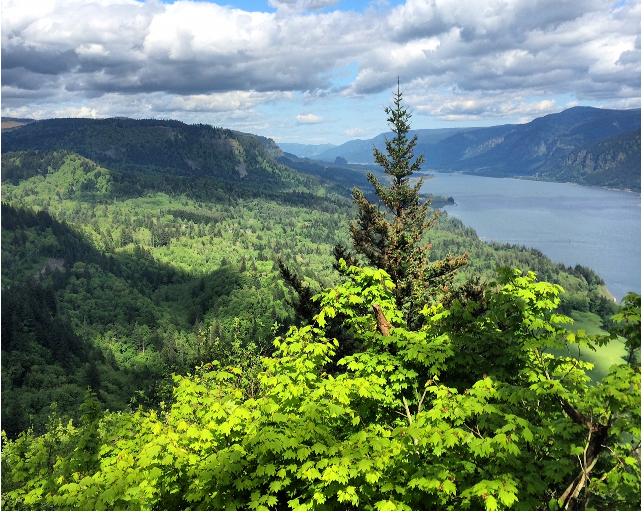Three forest restoration case studies are offered by Aaron Reuben of IUCN and Kathleen Buckingham of the World Resources Institute. They show how landscape restoration in the western United States can mean a lot more than just planting trees.
A chainsaw breaks the peace of a quiet forest in central Oregon. Soon, the crash of a tree follows and the rustle of debris dragged and piled. When the weather cools the next sound will be a crackling one, as great heaps of wood are lit and fires rage.
What we are witness to is a classic scene of deforestation, right? The clearing of virgin woods to make way for cattle, crops or homes? Wrong. In some cases, this scene is actually one of lands being restored and rejuvenated.
Landscape restoration, or bringing productivity back to degraded lands, takes many forms. In much of the western United States, it can mean cutting trees. And setting fires, removing hills, or even, sometimes, unleashing destructive rodents.
Perhaps we had better explain. Restoration always comes with a purpose. In the U.S. Pacific Northwest, the purpose is often to make forest landscapes more resilient to climate change, drought or pest disturbance. Paradoxically, this is often accomplished by removing trees from dense forests to rebuild more natural and open structures, burning undergrowth to encourage greater plant diversity, or cutting soft meandering brooks and meadows across sharp, human-altered streams.
Three short stories of landscape restoration in the western United States follow. They detail projects that are successfully bringing health and productivity back to degraded lands in unexpected ways. Each takes a landscape approach that, as you will see, goes far beyond merely planting trees.
[Photo of restored Oregon forest by Aaron Reuben (IUCN)]

